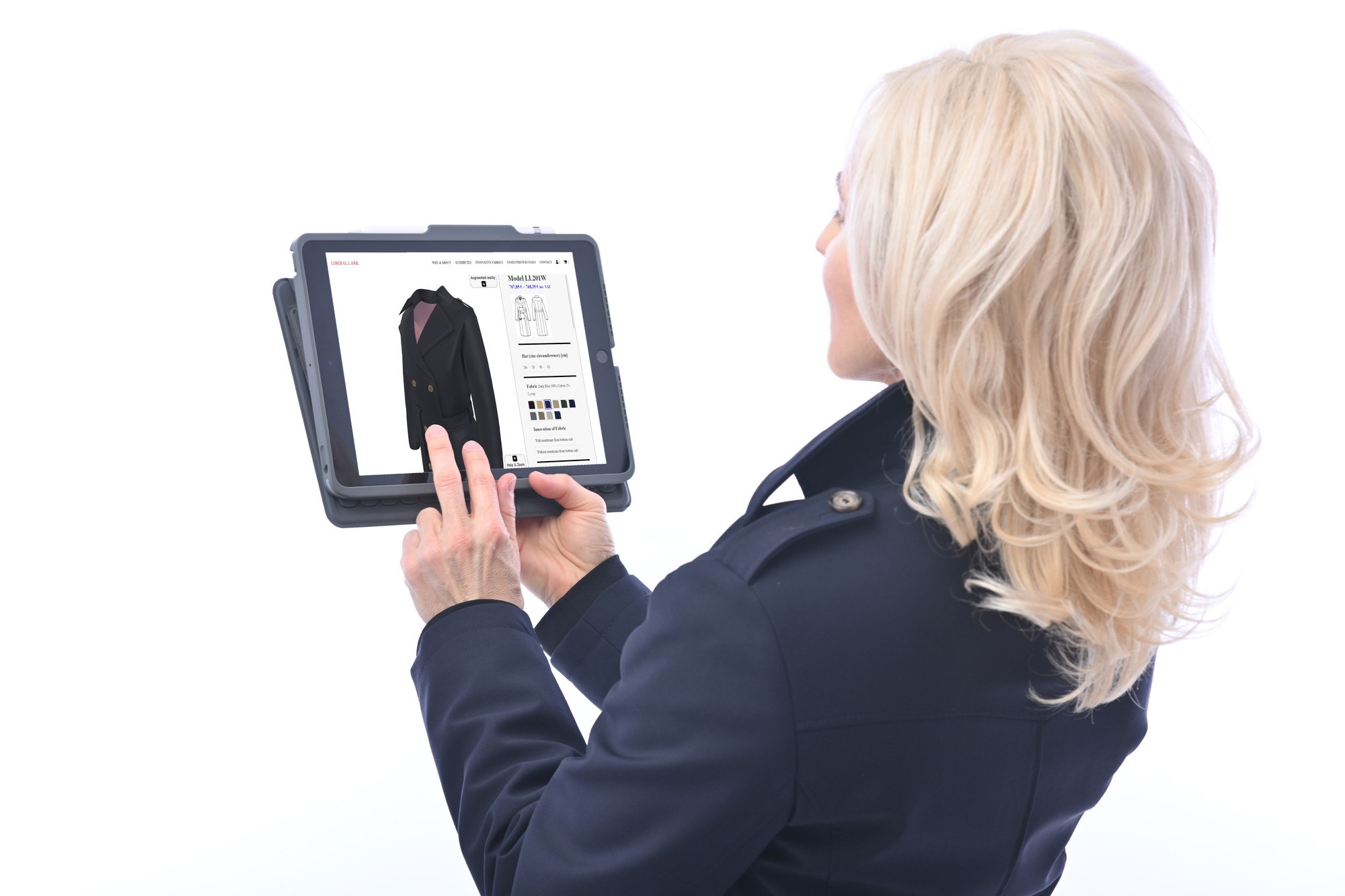Quantity or quality. In the fashion industry, they are still two antipodes: a lot of poor quality clothes versus quality but expensive clothes not everybody can afford.
What about a combination of both? It is, however, not compatible with the business models of some clothing brands where the regular growth of sales and profits counts the most. Cheap and bulk productions are intended mainly for mass sales, while more quality and expensive clothes are for demanding customers, well aware of the high price counterweighting long durability.
The fashion industry is slowly but surely changing. It engages with environmentalists rather than producers, and with legislators clearly realizing the need for giving the exuberant fashion industry a direction. No matter how alarming the various sources of greenhouse gas emissions, the extraction of fossil raw materials, or the plastic production might be, the fashion textile industry is currently responsible for 10 % of global carbon emissions, which is more than the international air and maritime transport. Further emissions arise in the production of domestic and industrial textiles.
The textile production also significantly affects the consumption and quality of water. It globally consumes about 80 billion m3 of water and is responsible for 20 % of water pollutions. For a better idea, about 2 700 litres of water is necessary to produce a single cotton T-shirt. It is a water supply sufficient for a single person to drink for 2.5 years.
About 0.5 million tons of microfibers a year is released into the oceans through waterways as a result of washing of synthetic materials, such as polyester and nylon, making up more than a half of all clothes and 70 % of the domestic textile and, thus, contributing in 35 % to the presence of primary micro-plastics in the environment. It is a huge number and, as we know, micro-plastics pollution is not just about plastic bottles or bags but, in more than one third, about the textile industry.
Another factor is the waste. Consumers in the EU throw away about 5 million tons of textile a year, i.e. about 11 kg per person. Unfortunately, not more than 1 % of unnecessary textile is recycled on a global scale.
The situation of textile waste in the EU countries is going to change from 2025. Towns and municipalities will be obligated to have bins for textile at their disposal from January 2025 for collection, recycling and recovery purposes.
Further positive changes should follow with the EU Strategy for sustainable and circular textiles. The European Commission is going to make available a specific change procedure, the so-called Action Plan for actors in the textiles ecosystem to successfully achieve the green and digital transitions.
What will the European Commission measures require?
Compliance, for example, with a specific eco-design of products for better durability and easier recovery, repair and recycling of textile; with the transparency obligation to truthfully publish the number of products discarded and disposed of; and with the obligation for all textile products to bear the so-called digital product passport and other information, such as the sustainability and circularity parameters, product size, or the identification of countries involved throughout the production process. For the producers to be able to use such a voluntary sustainability labelling in support of environmental and social aspects, they will have to be tested and authorized by a third party or public authority to eliminate greenwashing and false advertising.
The goal of the comprehensive system for changing the textile industry is to decrease the overproduction of textiles and textile wastes, which considerably burdens the environment. It will not be an easy way. It will call for production and business strategy adjustments, for increased investments, and for innovations and efficient digitalization. However, not only fashion industry producers but, in particular, the consumers should change towards abandoning unnecessary overconsumption of cheap fashion and demanding quality and more environment-friendly and durable products. Only then can genuine quality finally win the race against superficial quantity. It is up to us whether or not we care about the environment we live in and take our sustainability proclamations seriously.
LIBERAL LARK is one of the parties to the demanding race.
We have been devoted to achieving the goals of responsible clothes production since the very outset. Our elegant and ultimate tailored coats are made of fully recyclable natural materials. From the production of innovated natural textiles up to the manual sewing of tailored coats, it all takes place within a reach of 100 km, without unnecessary transfers and warehouse supplies. Only so many coats are sewn as is pre-configured and ordered. Customers communicate directly with the brand, without further vendors, distributors or online platforms. This business model benefits both the customer and the producer a great deal, reducing their cost and embodying a quick and personal solution to customers’ individual demands.
The whole tailor-made-coat process starts with a customer’s online design made in a new 3D/AR configurator. Thereafter, every individually designed 3D model is manually sewn by the highest principles of tailoring and, finally, sent to the customer’s address. Alongside the coat, the customer also receives their digital coat as an NFT confirming the origin of the product.
LIBERAL LARK brings a new and free approach to opting for quality fashion. It is no longer necessary to submit to market limits, but finally to choose clothes according to own requirements.
